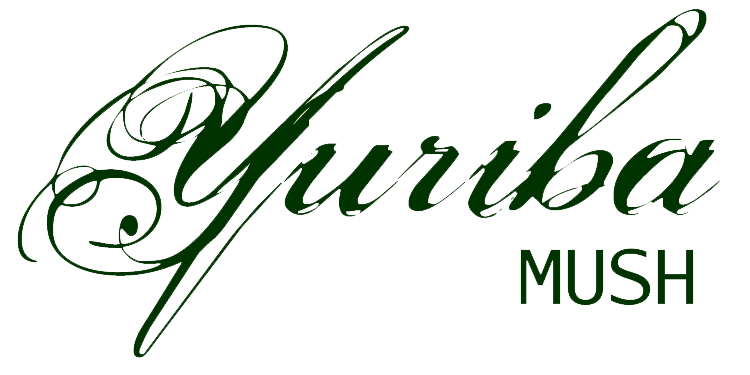Bronze Rose
The bronze rose is a type of flowering liana plant of the genus Rosa, often found growing up the trees in the forests, its woody, vine-like stem clinging to the trunk and branches of a tree. Typically, the bronze rose will not quite reach the top of the trees before it ceases to grow, instead covering many of the lower and middle branches of a tree in order to get sufficient sunlight.
Appearance
Even when the plant is not flowering, a bronze rose can be spotted both by its large clusters of small leaves, usually eleven, and its characteristic woody or bronze thorns, which aid in its clinging to a tree. When the plant is beginning to form flowers during early spring it can be recognized by the shiny, bronze-colored forming bud, and during the flowering season from mid-spring to mid-autumn it is easily seen due to the five either yellow or bronze petals of the flower.
Growth
The bronze rose is especially prized and even strange due to its method of storing absorbed minerals. A bronze rose will absorb the minerals from the soil and use those minerals both in the forming of its thorns and flowers, giving them their characteristic bronze appearance. As the plant ages, the yellow flowers will slowly be replaced, year by year, by bronze ones. Though bronze is rarely used in Yuriba today, it is thought that the bronze roses were one of the main sources of metals for past peoples of Yuriba, such as the Lily Civilization, and the plants may have been used for decorative purposes, as well. A pollinated rose will be replaced by a purplish-red rose hip fruit after it has fallen from the plant.
Common Uses
Other than the less-used function as a source of metal, there are many other purposes of the bronze rose in modern Yuriba. Perhaps one of the best-known of these is the use of a fully-bronzed flower as a replacement for another rose, holding the same meaning but, instead of eventually withering, remaining in a permanent flowered state. Other uses of the plant include some medicinal uses, though many of these have been proven to be nothing but myths in recent years, and many things involving the purplish-red colored rose hips which grow after a flower of the plant is pollinated. The rose hips are typically either eaten on their own, holding a taste somewhat like that of a strawberry, or used in herbal teas, and in either use they provide a large amount of minerals, with the fruit itself also holding a high amount of vitamin C. Though no longer as popular as other remedies, the rose hips are also especially effective at treating headaches, and some residents of Yuriba will still recommend bronze rose tea as a remedy for one.
